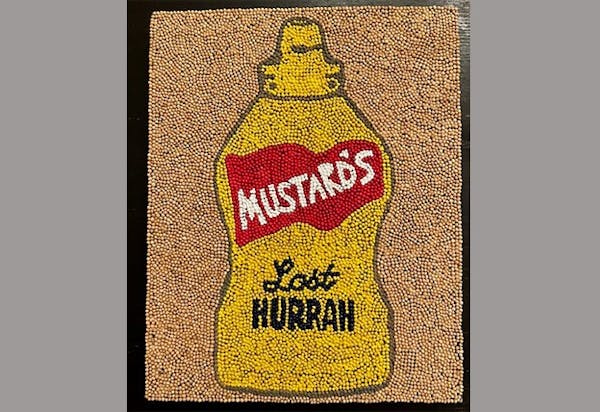The little tree's first summer in the park could have been its last.
The chokecherry sapling stood on a sunny hillside, barely taller than the joggers and dog walkers passing by on the path that circles Lake Harriet. Just one of the 10,000 or so new trees Minneapolis plants every year.
One day, it might repay the city with white blossoms in spring and shade in the summer.
But this summer, the sun beat down and weeks went by without rain. The chokecherry's leaves drooped and yellowed and started to fall.
Until a hot August morning, when gallons of water poured over the young tree's roots at last. Again and again until the soil was soaked and the bag around the slender trunk sloshed with enough water to keep the tree going for another week.
Paul Schlaefer stood over the tree with a white trashcan he'd brought from home, balanced on the handlebars of his bike. He watched for a moment to make sure the water was draining properly from the watering bag, then headed back to the lakeshore to refill his bin and give the next tree a drink.
Down the path, Mike Gallagher scooped water from a 5-gallon Home Depot bucket for a thirsty young evergreen. Young trees need about 20 gallons of water a week for the first few years.
"We know every spot to get in the lake, to get water as fast as possible. We've been known to fall in the lake once in a while," Gallagher said with a laugh.
He watered his first tree in the park three years ago, when he noticed a woman stopped in her tracks, staring at a shriveled plum tree sapling. "That tree is dying," she told him. Gallagher looked at the tree, looked at the lake, then went home to get a bucket.
"You come down with a bucket and you're watering two, and then you're watering five," he said. "The next day, I'm on my walk in the morning and saw Paul watering. And I thought — there's two of us."
They started texting, letting each other know which trees they'd watered, which ones needed help. A two-man volunteer bucket brigade, putting in a few hours a day, a few days a week, for three years.
"We know the trees that are always stressed," said Schlaefer, who has a degree in biology. You can sometimes spot the trees he's watered by the trenches he digs with his heels to keep the water from spilling away from the roots. "If it's 95 degrees and [a young tree is standing in] full sun, it's just going to get fried … But that's the tree that's needed most. The tree in the full sun."
There are trees alive in that park today because of them. Trees that will shade Lake Harriet for generations.
Sometimes passers-by notice them lugging heavy buckets from the lake to the trees and back. Sometimes someone says thank you. But not once in three years has anyone offered to help.
The Minneapolis Parks and Recreation Board employs 41 arborists and 13 work crew leaders who plant, prune and tend trees on public land: 200,000 trees growing along 1,100 miles of Minneapolis streets; 400,000 trees in city parkland. This summer, with overtime, the crews were able to water about 30,000 of those trees.
"People probably don't realize that no matter how many times we try, we can't get all the trees watered as much as they probably should be," said Ralph Sievert, the parks' director of forestry.
Each tree costs the city about $150, plus labor. Some question why the city plants more trees than it can water.
"Of the trees we plant, we lose about 10%," Sievert said. "There are still folks who think, 'The city planted it. Isn't it their job to help?' [But] we need your help."
Minneapolis teamed up with Brewing a Better Forest to make it easier to help. Visitors to brewingabetterforest.com can study a map of every public tree in town and pick one to water. In return, local brewpubs and coffee shops offer free drink tokens as thanks.
Urban trees reduce pollution, ease summer heat, fight soil erosion and look lovely.
Twenty gallons of water a week — $3 added to the average summer water bill — seems like the least we can do in return.

Brooks: Camp Ripley opens its first full-time daycare

Brooks: South Dakota Gov. Kristi Noem's fealty to Trump gets rewarded with Cabinet post

Brooks: At this Minnesota college, every student is entitled to free bagpipe lessons
Brooks: In a democracy, we get the government we deserve. America asked for Trump.


